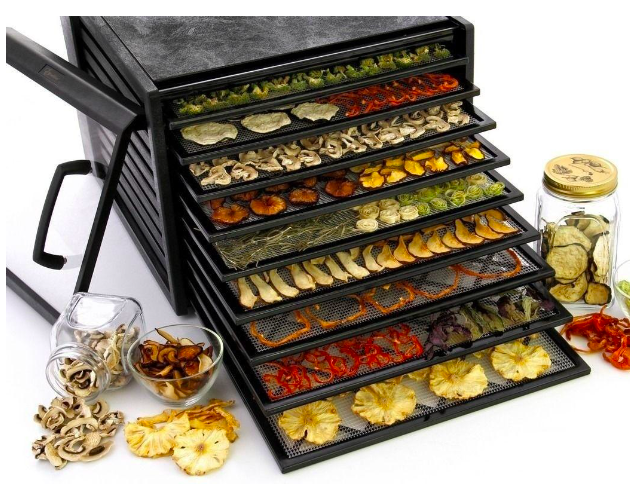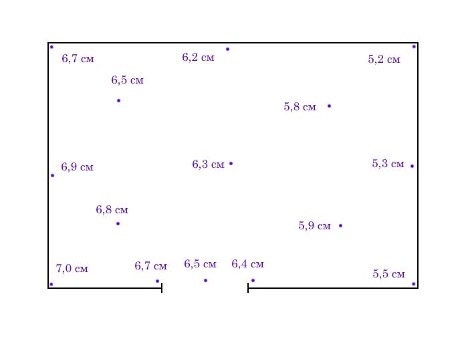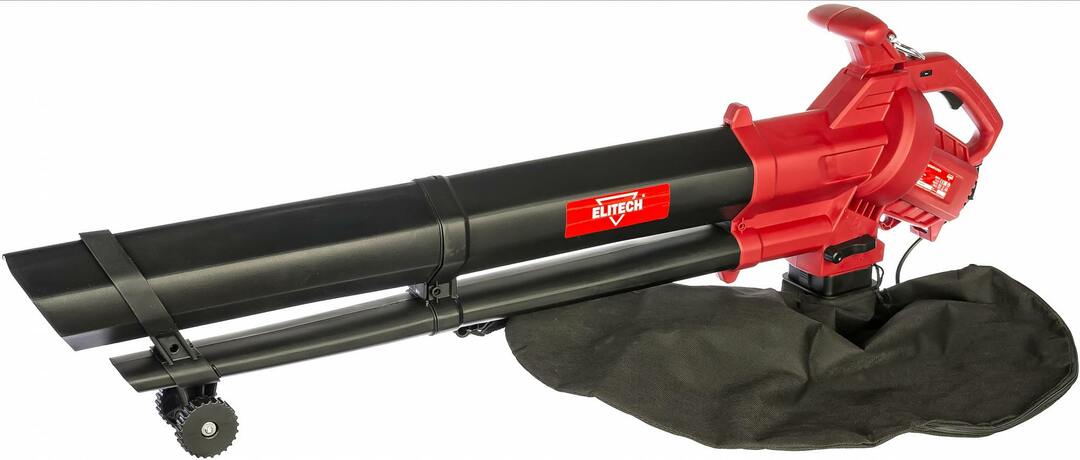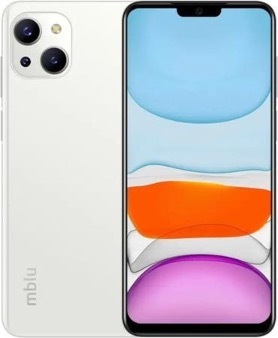Dehydrators allow you to get dried, dried fruits, berries, vegetables, mushrooms and even meat. They are arranged quite simply, but they have different parameters, which can complicate the buying process. Instructions on how to choose a dehydrator for vegetables and fruits, what criteria are important to pay attention to, are presented in this article.
The content of the article
- Types of dehydrators
- How to choose the optimal model
Types of dehydrators
The principle of operation of these devices is approximately the same. In fact, these are professional dryers with a heating element located at the bottom of the body. Allow almost completely dry vegetables, berries, fruits and even meat. Moreover, products, as a rule, lie in several tiers on lattice shelves (to save space).
Understanding how to choose a dehydrator is easy. You need to start with the views of this device. The criteria for classification are different. For example, depending on the direction of the flow of hot air, they emit:
- horizontal;
- vertical.
In the first case, the air comes from the sides, which ensures more uniform drying. In the second, it goes vertically upwards (traditional models, they are usually more affordable).
A more important parameter is related to the principle of operation - the classification is as follows:
- Heating - simple dryers with a heating element at the bottom. From it, air flows rise up and remove moisture from the products. Temperature range is approximate, fine adjustment is not possible.
- convective - more efficient models, in the upper part of which a fan is installed to create additional hot air flows.
- infrared – dry products due to infrared radiation. These are the most effective models that can be called professional. If you figure out how to choose a dehydrator for meat, it is worth stopping at this type of device.

How to choose the optimal model
After studying the varieties of dehydrators, you need to pay attention to their technical characteristics. Despite the fact that the device is arranged quite simply, there are a lot of parameters. Among them are the following:
- Capacity, that is, the number and area of trays. If you make preparations in a season in large quantities, it is better to purchase a device with 5-6 or more trays.
- Case material - plastic or metal. The first is cheaper, but the second is much more reliable. At the same time, plastic is suitable for vegetables and fruits, and metal is suitable for meat.
- Noise level - measured in dB, always indicated in the instructions. It is comfortable to use devices with an indicator of no more than 45 dB.
- Shape can be round or square. On the one hand, it is clear that round provides uniform heating. But then the square trays can be taken out separately. And if you need to get a round shelf of any tier (except the top one), you will have to remove all the baskets on top of it.
- The ability to adjust the temperature - is available in almost all models, but not everywhere you can set the exact parameter. If this is important (especially in the case of meat), you should purchase an infrared dehydrator.
- There is also such a useful addition as a timer. This is a mandatory option, since drying takes a long time (6-8 hours or more), so it is difficult to constantly monitor the process.

When choosing a suitable dehydrator, you should pay attention to the price. In many ways, it depends on the brand, build quality and materials. To evaluate the reliability of the device, it is also recommended to study the reviews. This will allow you to purchase a good model with the best value for money.


